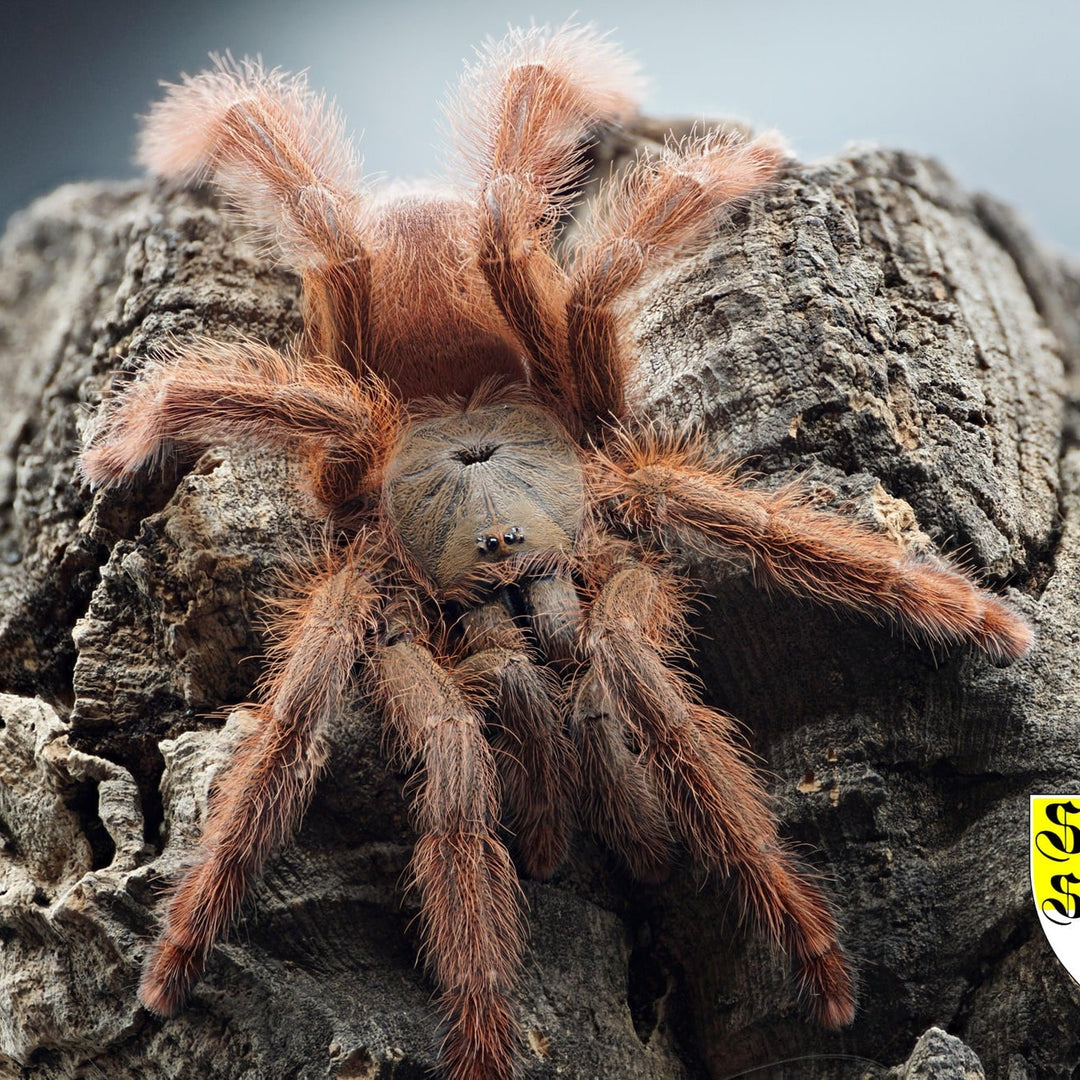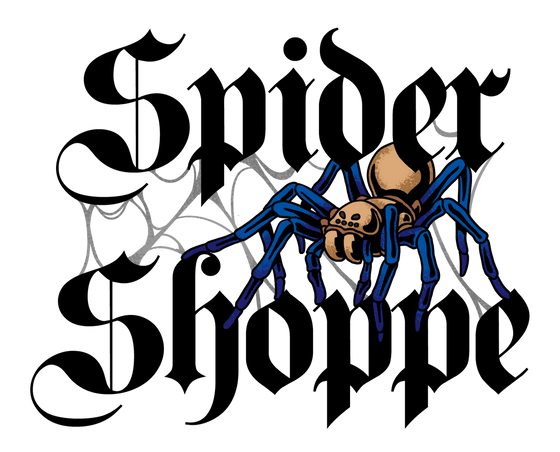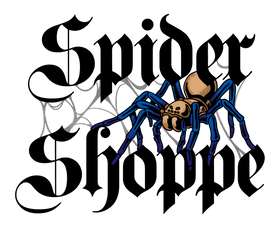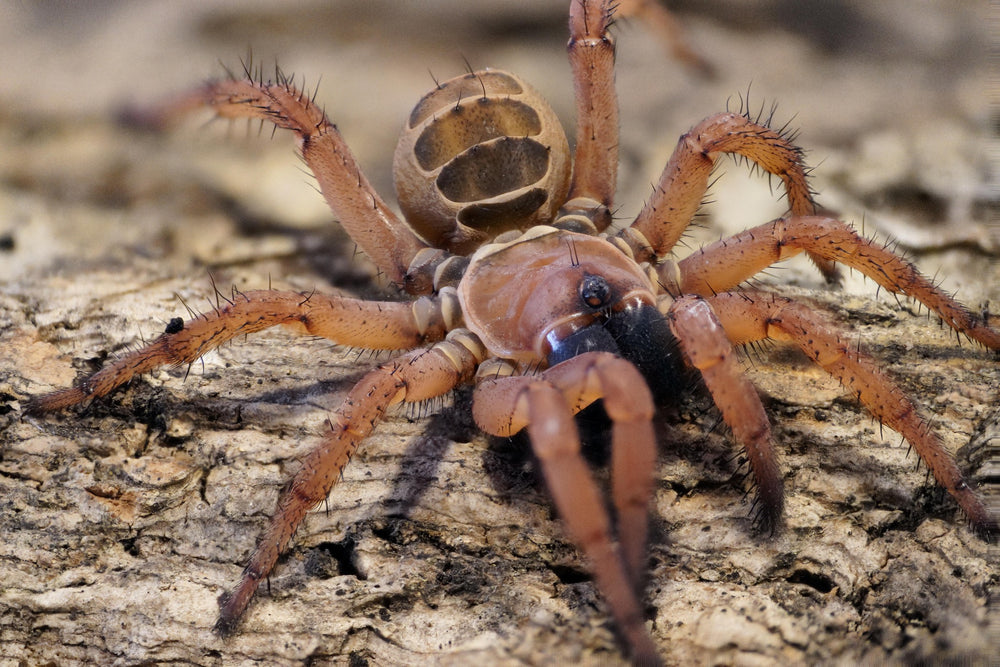
Amazonius germani (Orange Tree Spider) 0.75"
- Live Arrival Guarantee
- Live Animals Ship FedEx Priority Overnight (Mon-Weds)
- In stock, ready to ship
- Inventory on the way
The Amazonius germani (Orange Tree Spider) is a New World arboreal species with an amazing orange color that resembles an orangutan. This tarantula has a potentially painful bite but is considered a decent transition species when thinking about keeping Old World species.
Species: gigas
Genus: Pseudoclamoris
Subfamily: Psalmopoeinae
Identified: Caporiacco, 1954
Common Name: Orange Tree Spider
Origin: French Guiana
Lifestyle: Arboreal
Max Size: 5”

Conversion tank #5
Info on our shipping policy can be found on our T&C page.



